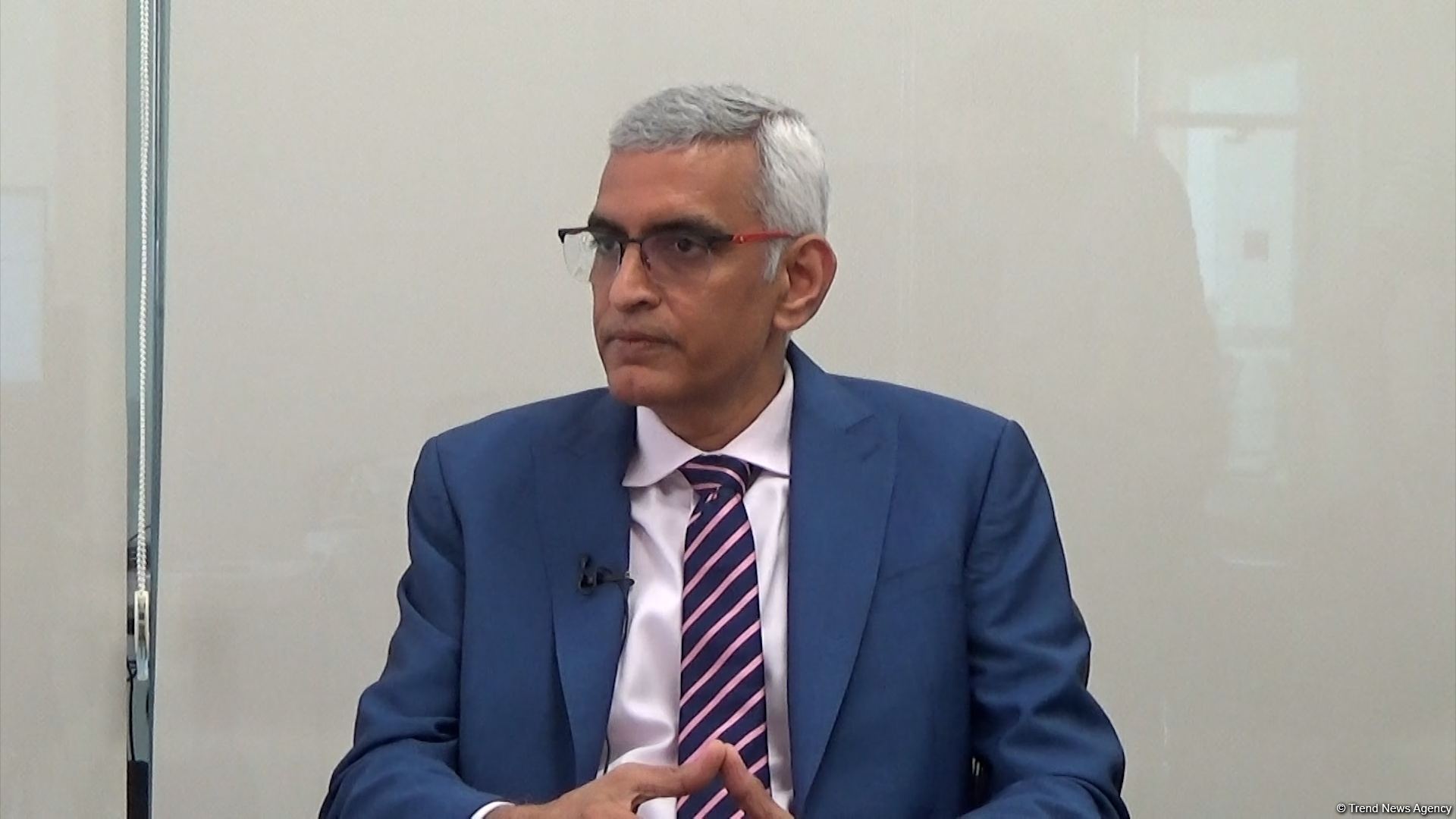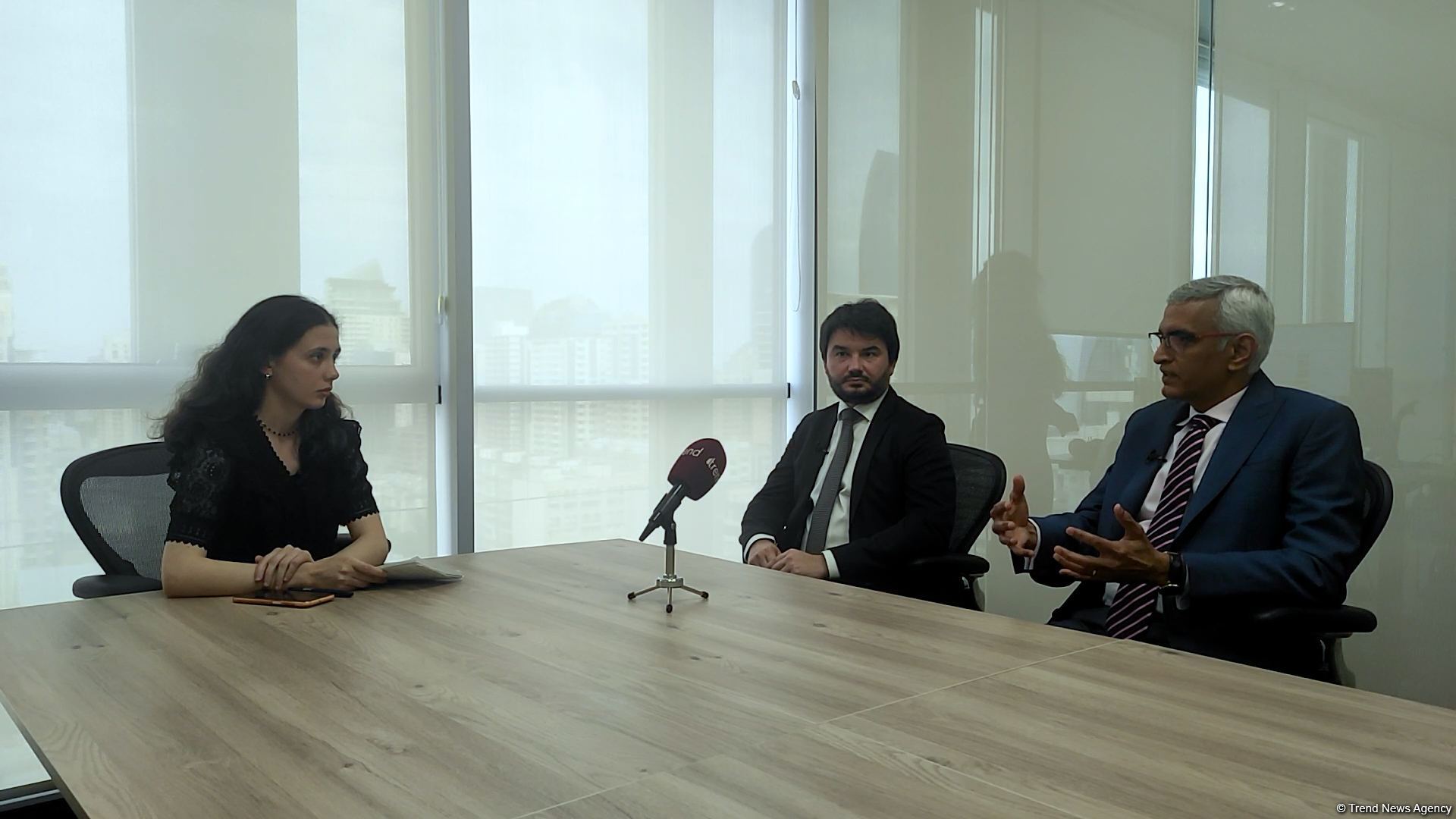
“Azerbaijan has already become a very important part of Europe's energy mix, and it will retain such a status for a long period of time. Countries like Azerbaijan need to focus on two things. First, it is necessary to continue to secure advantage of the resources that are already being exported. The country needs to be highly competitive in terms of costs and carbon intensity. It must also be a reliable partner. I think Azerbaijan has all three components to be able to continue securing that advantage,” he said.
Pattabi Seshadri believes that increasing the efficiency of production, transportation, distribution of molecules and barrels, being more productive in deploying new capital, and growing the trained and productive talent base will help get more value out of Azerbaijan's oil and gas for a period of time.
“The second matter is about making investments, or bringing in partners to make investments in renewable energy production and export. There is a lot of talk about green hydrogen production, particularly given the resources that Azerbaijan has. Azerbaijan is one of the best places to produce renewable energy. This is an opportunity for the country to both increase the competitiveness and add revenues. Azerbaijan can first use these renewable resources to decrease the carbon intensity of its current production, be it oil or be it gas or be it power. By doing so, you will be able to export more oil and more gas abroad because it will not be consumed domestically.
And then in the future, you can also create a huge spare capacity for export, whether it is power exported via subsea cables or green hydrogen blended into exported gas or processed chemicals such as green ammonia,” Mr. Seshadri said.
He pointed out that Azerbaijan can transport up to five percent of hydrogen in the mixture of gas to Europe using the Southern Gas Corridor.
“The Southern Gas Corridor came on time. Imagine what the supply situation with Europe would be if it was not put into operation in 2020. Now the country is talking about doubling the corridor’s capacity to extend this supply advantage,” he said.
Global energy trends
Pattabi Seshadri noted that the global trends in energy, which are called the energy trilemma at BCG – providing affordable, secure and low carbon energy for the world - have actually become a much bigger priority, especially in the last 15 months.
“Those tendencies mean that there is going to be a need for a variety of different energy sources, coming from the countries that have great security of energy supply. Such countries supply their customers in the spirit of partnership. They certainly have a plan to decarbonize themselves and be part of the energy transition. So that is really a big global discussion and debate. And it doesn't matter what part of the world I've been to over the last 12 months, it's the same conversation about the energy trilemma,” he said.
BCG’s Managing Director and Senior Partner Pattabi Seshadri noted that the world has just gone through a 12-month period when natural gas prices soared 10 to 20 times higher compared to the normal price.
“It has obviously been coming down because of the three primary reasons. One of the reasons is that consumption dropped in some of the industrial nations like Germany, where industrial facilities were shut down, and therefore gas demand dropped. The second one was a mild winter. The weather was a bit warmer than normal and storages were filled up. That helped Northern Europe. Global markets were also a little soft in demand and LNG was flowing into Europe. So that turned out to be a good mix of outcomes which helped over the last 12 months.
In the next 12 to 24 months it is going to be hard to predict whether those same three things need to come back together for energy prices to stay low in Europe. But there's also some good news in the sense that global energy suppliers, including Azerbaijan, have stepped in and increased their gas production, being able to export it to their partners in Europe. So that has been a big part of the development over the last 12 months, which will be helpful for the coming years,” Pattabi Seshadri said.
He believes that in the next 10 years there are going to be some challenges for suppliers.

In his opinion, the customers in the European Union have very aggressive ambitions.
“The target is a 55 percent reduction in carbon emission from 1990 baseline by 2030 across 27 member countries. So, your customers will demand lower carbon energy. We're also seeing the pace of technology change acceleration. We always tend to underestimate the speed at which technology evolves. The pace of technology change will pick up as well. Exporters like Azerbaijan need to keep in mind what your customers are looking for, and how they may change over the next few years. And also keep in mind the pace of technology change. It means that your energy supply mix will need to change as well, first towards natural gas and then transitioning to even lower carbon fuels like hydrogen and renewables over time,” he said.
He noted that all the policymaking in Europe regarding energy transition is now geared towards the three specific areas.
“The first one is about markets, policy and regulation that will enable scaling of low carbon and renewable resources. The second one is about supply chains that can deliver development volumes which are three times larger than the current ones. And the third one is simply the human capability and talent needed to make this all happen,” Mr. Seshadri concluded.